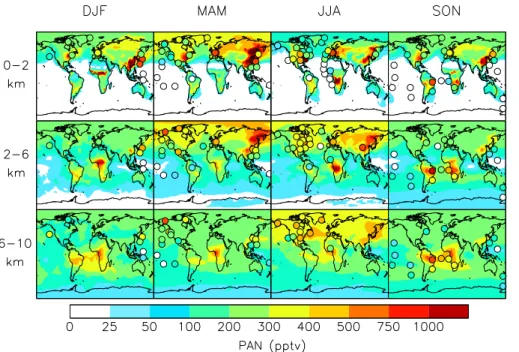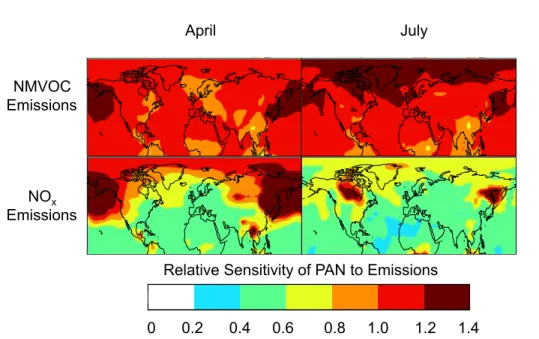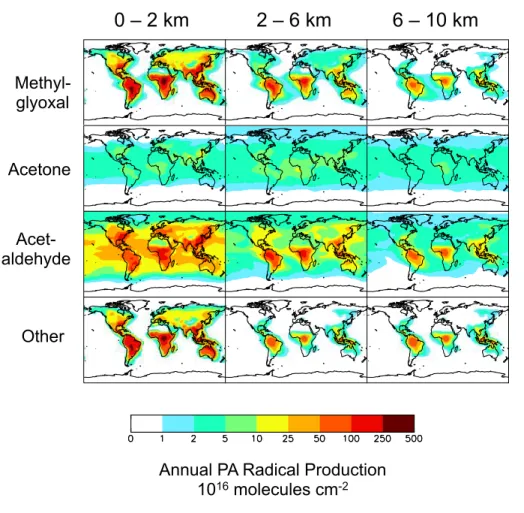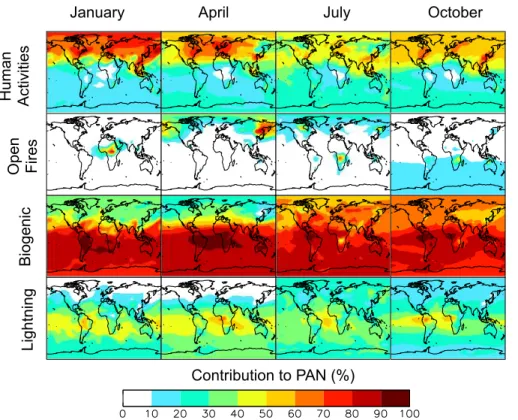Atmospheric peroxyacetyl nitrate (PAN): a global budget and source attribution
Texto
Imagem




Documentos relacionados
The objective is to derive the total acetone flux from the boundary layer into the upper troposphere for dif- ferent regions and compare this flux with the acetone source
In this study, three cases of high CO episodes in the East China Sea and the Sea of Japan from 2003 to 2005 are examined with spaceborne Measurements of Pollution in the
When averaged over the summer of 2006 (a summer with a larger than normal source of ozone from lightning-NO), lightning-NO emissions contribute an average of 2.3 ppbv to 8-h
D., Savarino, J., Kerbrat, M., and Jourdain, B.: Large mixing ratios of atmospheric nitrous acid (HONO) at Concordia (East Antarctic Plateau) in summer: a strong source from
(2003), in our study the effects of natural processes (in the SFIX sim- ulation) includes also changes in emissions of CO, NO x , and VOCs from biomass burning and lightning
Differences in v4 relative to v3 include slightly colder mean temperatures from 100 to 316 hPa, smaller mean water vapour mixing ratios in the upper troposphere (215–316 hPa) and a
Overall, the models calculate very similar total OA load seasonality, which peaks during the Northern Hemisphere summer season, when both primary (biomass burning) and
Also, in the Northern Hemisphere, deep convection supplies more water vapour to the upper troposphere than in the Southern Hemisphere (Sioris et al., 2010) and these di ff erences




